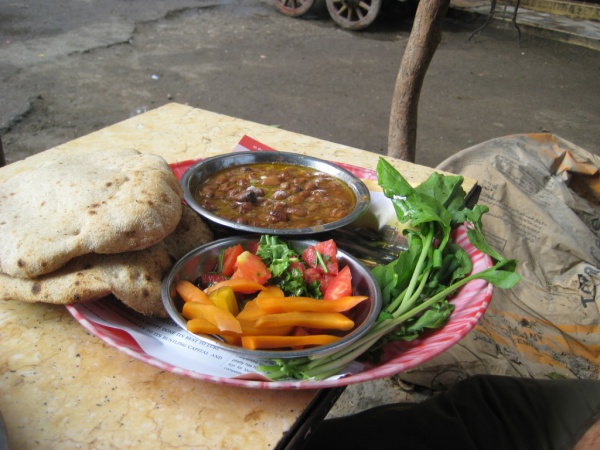Facts About Ful medames
Ful medames, often referred to simply as "fūl" is a delectable stew made from cooked fava beans. Typically, it is seasoned with vegetable oil and cumin, although variations may include additions like parsley, garlic, onion, lemon juice, and chili pepper. This hearty dish is a staple in Egypt, particularly in Cairo and Giza, and is beloved across many Arab, Middle Eastern, and African cultures, including those in Djibouti, Lebanon, Iraq, Syria, Libya, Israel, Palestine, Jordan, Ethiopia, Sudan, Yemen, Somalia, and Saudi Arabia.
The origins of ful medames trace back to Ancient Egypt, where archaeologists have uncovered evidence of its use in antiquity. Through the centuries, the dish has evolved in its preparation methods, though the core remains consistent: cooking fava beans until tender and serving them with a range of accompaniments such as vegetable oil, butter, eggs, tomato sauce, or garlic sauce. Historically, in Cairo, ful was even prepared at the Princess Baths, where large pots of beans would simmer overnight, ready to be served for breakfast.
Ful medames is not just an Egyptian favorite; it has been embraced by many other countries in the Arab world, Africa, and Asia, each adding its own twist. For instance, in Syria, the dish might be embellished with tahini and olive oil, while in Jordan, it is often transformed into a dip similar to hummus.
In Ethiopia, ful is served with wheat flour bread instead of the traditional injera. In Malta, it is associated with fasting during Lent and Good Friday. In Arab cuisine, ful medames salad is a popular breakfast mezze, incorporating fava beans, tomatoes, onions, parsley, lemon juice, olive oil, and a blend of seasonings.

 Sudan
Sudan